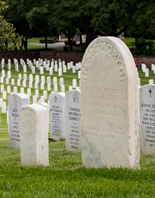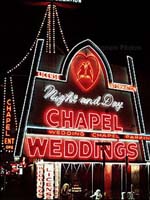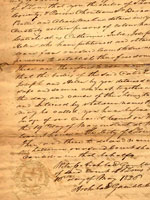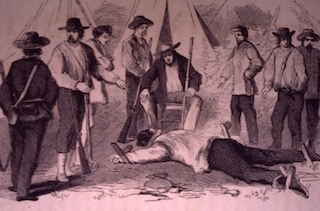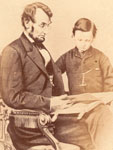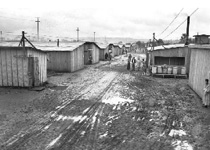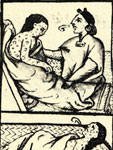Teaching American History
Teaching American History was created after the late Senator Robert Byrd secured funding for the project from the Department of Education with a goal to improve civics and American history education. In 2001, the site started with a $50 million budget as part of the No Child Left Behind efforts of President Bush. While the grants from the Department of Education have ceased since Senator Byrd died in 2010, the non-profit Byrd Center continues to fund the maintenance of the site through the Annual Teacher Institute Program. This was done in collaboration with the Ashbrook Center at Ashland University in Ohio. Ashbrook Center is an independent academic center aiming to counteract political influence on the education of K-12 students.
In line with their goal to minimize the impact of political biases on students’ education received by the students, the site contains a solid foundation in primary documents and reliance on historians’ expertise. The site has collections of historical documents compiled into books, which are available either for purchase or free download. The ability to freely download the books makes them financially accessible.
The emphasis is on the Founding and Civil War Eras, through legal and government-based primary sources; such a focus will allow this site to lend itself nicely to units on the aforementioned topics. However, the site does not provide primary sources produced outside the legal and governmental worlds, such as newspapers, photos, or average people’s writings, that would provide an expanded pool of sources to pull from for lessons.
One great resource provided by the site is the podcasts created for teachers, which provide in-depth discussions and understanding on topics connected to the Founding and Civil War Eras. Podcasts can be listened to while completing other tasks, cutting down prep time for lessons. Additionally, the lesson plans provided by the site provide not only additional resource suggestions for the teacher, but also outlines of classroom activities fit for specific grade ranges with appropriate grading rubrics and selected suggested primary documents to use within the classroom. This site may be used to cut down planning time for these units that may be used for other units or other time-consuming tasks. The only unfortunate part of the lesson plans is that some of the links to the lesson plans are not functioning. Despite some of the links not working, those that do offer a blueprint for similar topics for teachers to use to create their own lesson plans, as the non-operational links are scattered between topics covered by the site. For example, the Great Depression and World War II section has a few links to lesson plans that do not work, but others do, which themselves may be used by educators to form their own plans covering the topics that the broken links would cover.
This site is a good starting point for the topics it covers for teachers, such as the government, the Founding Era, and the Civil War. It features free resources that help to provide useful context to the primary documents. These defects are likely the result of the lack of continuous funding for the project. Defects that may be improved upon if further funding were provided to the scale it was first seen in the early 2000s. The best resources from this site are the lesson plans, primary documents, and podcasts. The plans given could be used as a framework for the teachers to draft their own lesson plans for topics not covered by the site
